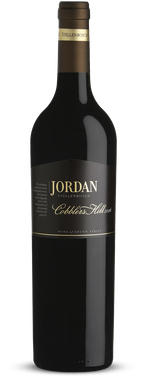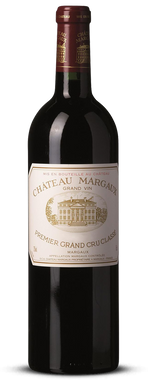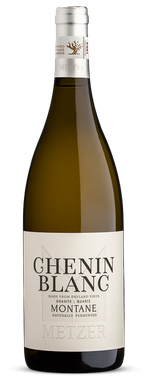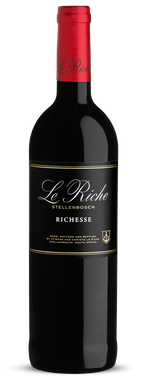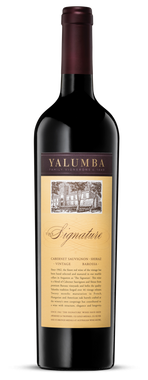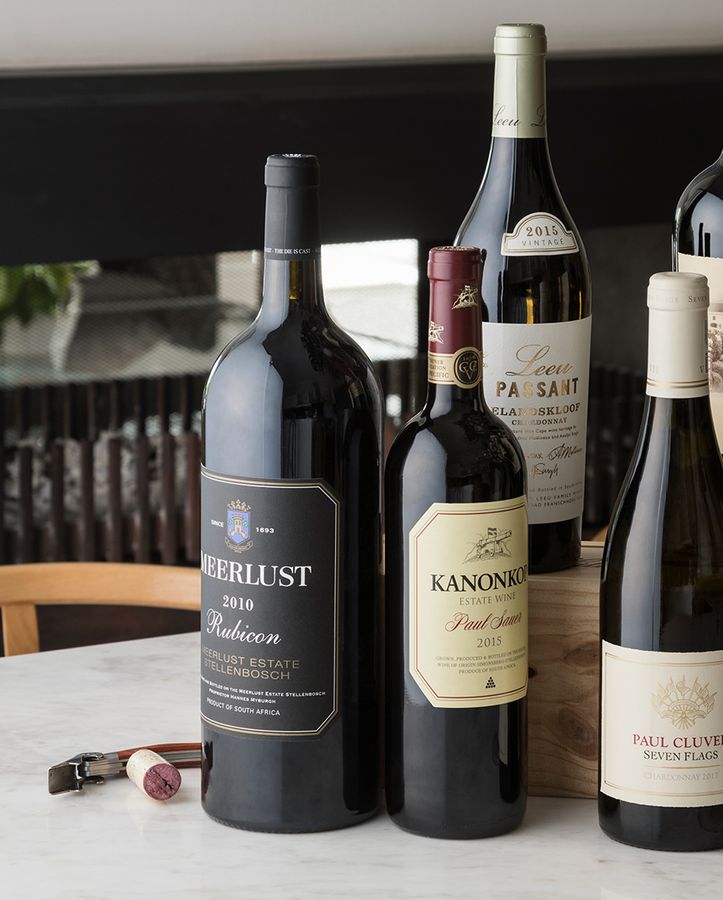There we were, just thinking that this current prohibition, imposed under the guise of limiting the spread of Covid, was about to end with Wednesday's presidential announcement. No such luck, sadly. Back we all go to our fast-dwindling wine stocks while we contemplate various strategies to stretch them out further or enter the grey area of the Grapeless Garagiste. For the first time (for most of us at least) we have first-hand experience of what life was like in the United States in the Roaring Twenties.
At least there the citizens knew it was coming, and people were allowed to stockpile liquor. As we have already discovered in South Africa, limiting the sale of alcohol is more arduous for the poor than for the middle classes. In the US, as Prohibition drew near, inventories of the major wholesalers, as well as retailers and bars, was sold to private consumers. President Woodrow Wilson, his term just ended, stocked up his home cellar. His successor, Warren Harding, moved his own large personal stock into the White House.
While the law permitted continued home production of wine and cider, beer was prohibited and spirits production formally ceased. Unsurprisingly the illicit sector boomed. Speakeasies opened all over the country. They continued to exist throughout the 13 years of Prohibition. The reason is simple, and bears remembering in our own constrained times. It is an absolute truth – in the US as well as pretty much everywhere else - that law enforcement officers would rather collect a percentage of the turnover than close down the trade. In New York alone the illegal bars and shebeens totalled upwards of 90000 – vastly more than the number of establishments which vanished when the 18th Amendment became law.
Prosecutions clogged the legal system – even though the trade continued. In the first year alone there were 30000 cases, a number which rose annually until Prohibition ended in 1933. Despite this, liquor was to be found everywhere. It was legal to produce up to 900 litres of wine (from grapes or grape juice bought for that explicit purpose) every year for personal consumption. This clearly exceeded normal household needs and opened the door to bootlegging opportunities.
However, the US in the 1920s was a nation of hard-tack consumers. Even the women who had generally avoided hanging out in the saloons were ready to frequent the speakeasies. This most likely meant drinking whiskey. The Canadians were more than happy to do the distilling: the rise of firms like Hiram Walker and Seagrams goes back to that decade of the 1920s. Vast quantities of branded spirits crossed into the US from Canada. The bootleggers then distributed the stocks through their networks, along the way imbuing the age with the sepia-wash gangster-movie quality which remains its most abiding image.
Sadly for many drinkers, not all the spirits which landed up at the speakeasies came from reputable distillers. Tens of millions of litres of industrial alcohol was re-purposed for human consumption, even though the authorities had mandated that all such spirit had to be laced with poison. The bootleggers employed chemists to “re-purify” the alcohol. Some were more successful at this than others: deaths from illicit alcohol consumption during Prohibition have never been properly tallied. The estimates however range comfortably between 70000 and 100000, and this excludes the murder and mayhem which came with the burgeoning power of the mafia and the gangs engaged in turf wars.
The long term cost of Prohibition is still evident in a number of ways: the criminal organisations which rose to power in the 1920s are still very much a part of the modern United States. When it ceased to be profitable to trade in moonshine they simply changed the nature of their operations, moving through prostitution, protection rackets, gambling and drug dealing as the fashions changed and the opportunities presented themselves. Prohibition also saw a rise in homicide rates and a real increase in petty crimes, ranging from assault and battery to house-breaking and theft. Per capita expenditure on alcoholic beverages doubled during Prohibition in America. It seems a fair assumption that drinkers turned to crime to pay for the vastly increased cost of alcohol. There's certainly no suggestion that the Volstead Act and the 18th Amendment met the stated objective of reducing consumption
With the imposition of unpopular and unjust laws, half-heartedly enforced by police officers more concerned with collecting bribes than closing down the trade, formerly law-abiding citizens became accustomed to a life half-lived in the shadows. Faith in the justice system in the USA has never fully recovered: the endless stream of movies whose plots include crooked cops engaged in criminal acts have their origin in an era in which police did not distinguish themselves as custodians of the law. New York mayor Fiorello La Guardia is reputed to have said that if it really was the intention of government to enforce Prohibition, then in New York alone the existing force would have to be disbanded, 250000 new officers employed, together with another 250000 to supervise them.
Are there any lessons from the US experience that we can draw on in our time of prohibition? Very little we didn't already know: banning a popular product – any popular product – simply drives the trade underground, empowering criminals, police and politicians, who own or manage the conduits, or act as the gatekeepers. Along the way you change the maths around the risks: without the licensees whose conditions of trade ordinarily enforce compliance, it becomes a free-for-all. The corpses pile up, killed in turf-wars or by dangerous brews. Finally, and this is the only positive message, as far as I can tell: prohibition brings out a spirit of innovation and a sense of camaraderie: people discover an infinite number of ways to bypass the restrictions, finding in their opposition to irrational regulation a solidarity which disregards the conventional divisions of race and class.
